Natto is a traditional Japanese food consisting of fermented soybeans. It has a distinct, sticky texture and strong odor that may not appeal to everyone.
Despite this, natto is packed with nutrients like protein, fiber, and vitamin K2. It is often enjoyed with rice or incorporated into different Japanese dishes. Here we will delve into the world of natto – what it is, how it’s made, and why it’s so popular in Japan.
We will guide you through the step-by-step process of how to ferment traditional Japanese natto. From preparing the soybeans to mixing the bacterial culture and wrapping the natto, we’ve got you covered. You’ll learn all about the equipment and ingredients needed, as well as tips for storing and serving your homemade natto. So if you’re ready to master the art of fermenting traditional Japanese natto, keep reading.
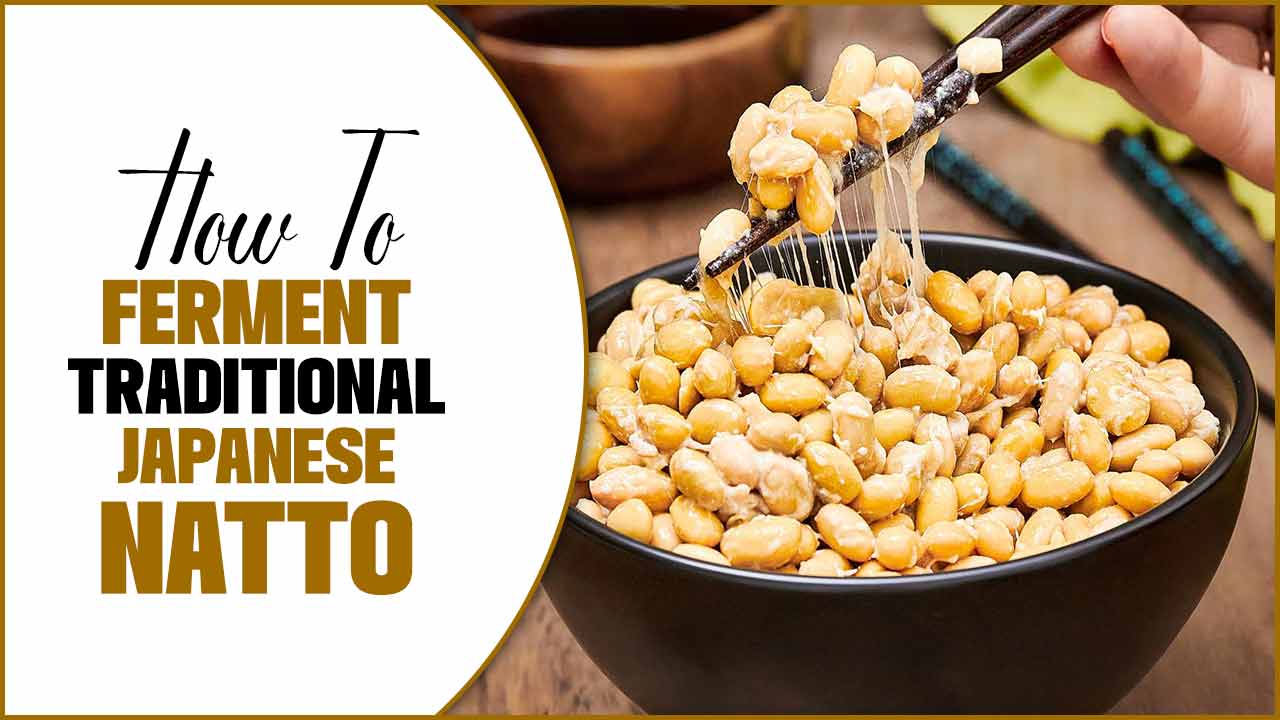
How To Ferment Traditional Japanese Natto – In 8 Steps
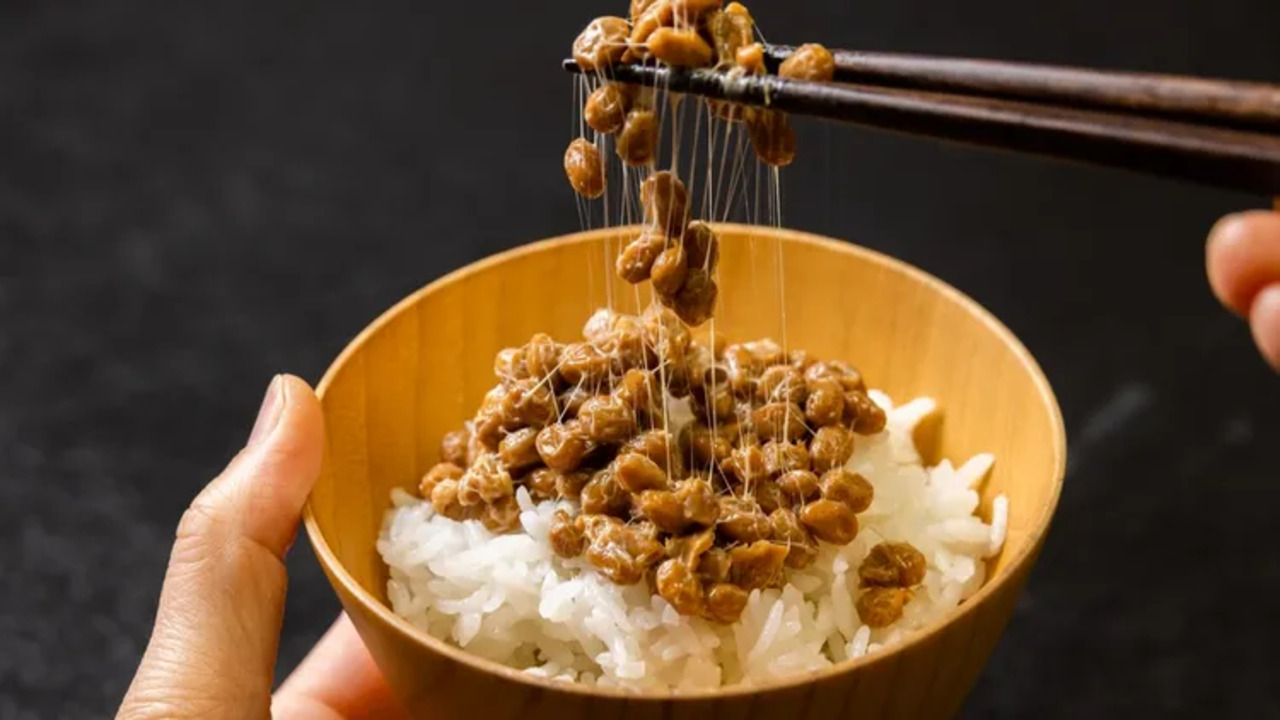
Discover the unique flavors of natto, a staple in Japanese cuisine. Learn about its history and cultural significance, and master the art of making it at home.
This guide covers everything from soaking and cooking soybeans to fermentation. While natto’s sticky texture and strong aroma may not appeal to everyone, those who appreciate its unique qualities will be rewarded with an unmatched culinary experience. Here are the full process on how to ferment traditional Japanese natto.
1.Equipment You Will Need
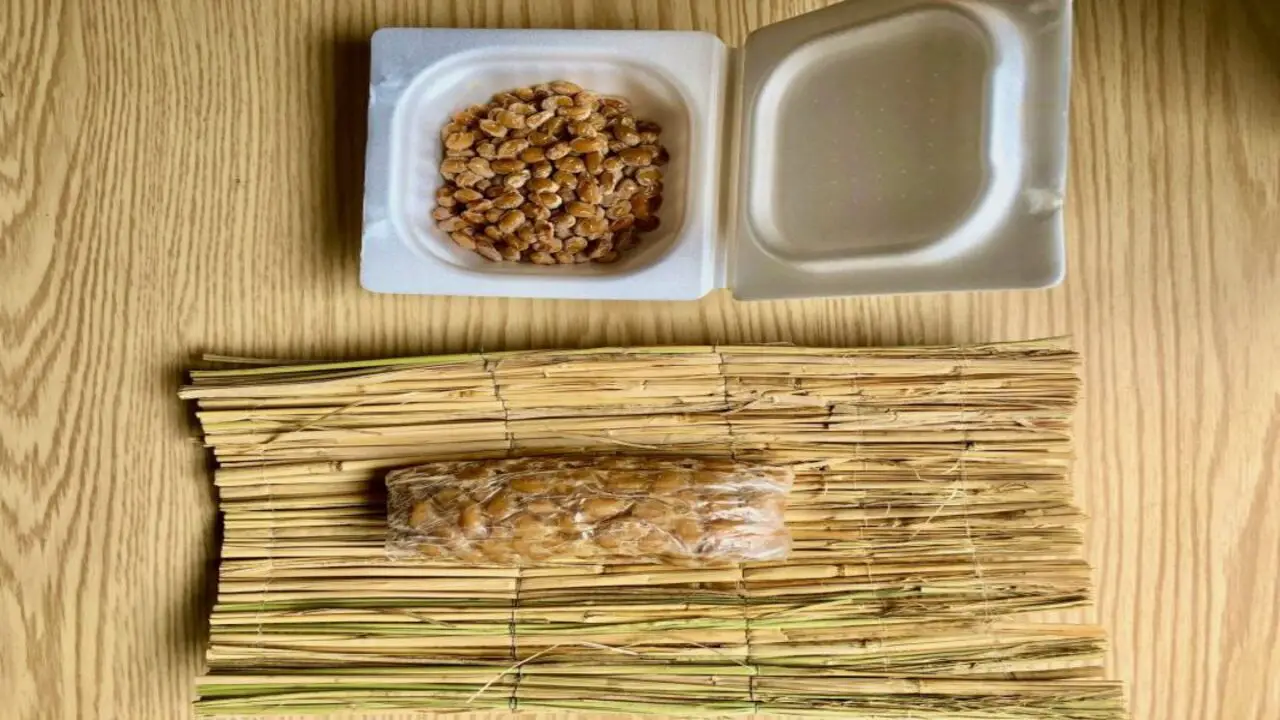
To ferment traditional Japanese natto successfully, gather the right equipment. You’ll need a spacious fermenting container with a tight lid, high-quality soybeans, and a natto starter culture. Use cheesecloth or paper towels to cover the container for airflow but keep contaminants out.
Rice straws or straw mat can help maintain optimal temperature and humidity during fermentation. Essential utensils include a pot for boiling soybeans, a colander for draining, and a mixing spoon.
2.Ingredients List

To make traditional Japanese natto, you will need a few key ingredients. Begin with high-quality soybeans, ensuring that they are soft and ready for the fermentation process by soaking them overnight. Use clean, filtered water for soaking and cooking the soybeans.
The next essential ingredient is a natto starter culture, such as Bacillus subtilis natto, which introduces the necessary bacteria for fermentation. Consider using rice straw or natto spores to provide the right bacteria for a successful fermentation, enhancing the authenticity of your homemade natto. With these key elements, you can embark on the journey of creating your own traditional Japanese natto at home.
3.Preparing The Soybeans
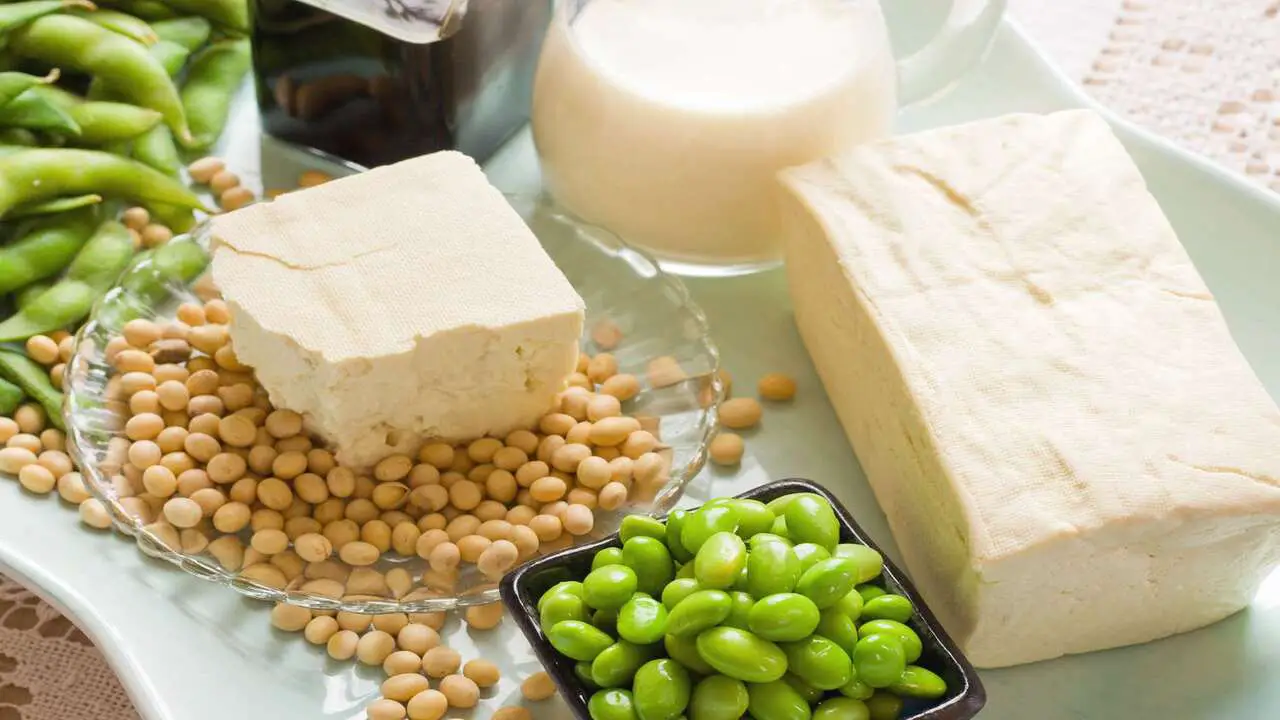
To prepare the soybeans for fermenting traditional Japanese natto, carefully select high-quality soybeans. Make sure to rinse the soybeans thoroughly to remove any dirt or impurities.
Then, soak the soybeans in water overnight or for at least 8 hours to ensure they become soft and pliable. After soaking, drain the soybeans and proceed to cook them until they reach a soft and easily mashable consistency. Once cooked, drain the soybeans and allow them to cool down completely before moving on to the next step in the fermentation process.
4.Mixing The Bacterial Culture
After cooking and cooling the soybeans, it’s time to prepare the bacterial culture for fermentation. This step is crucial in creating the distinct flavor and texture of traditional Japanese natto. To begin, gently mix the cooled soybeans with a small amount of prepared natto from a previous batch or a starter culture sourced from an Asian grocery store or online.
Ensure all the beans are coated with the culture for an even fermentation process. Once mixed, transfer the soybeans to a suitable container with a secure lid, such as a glass jar or plastic container. This will allow the beans to ferment and transform into delicious natto.
5.Wrapping The Natto
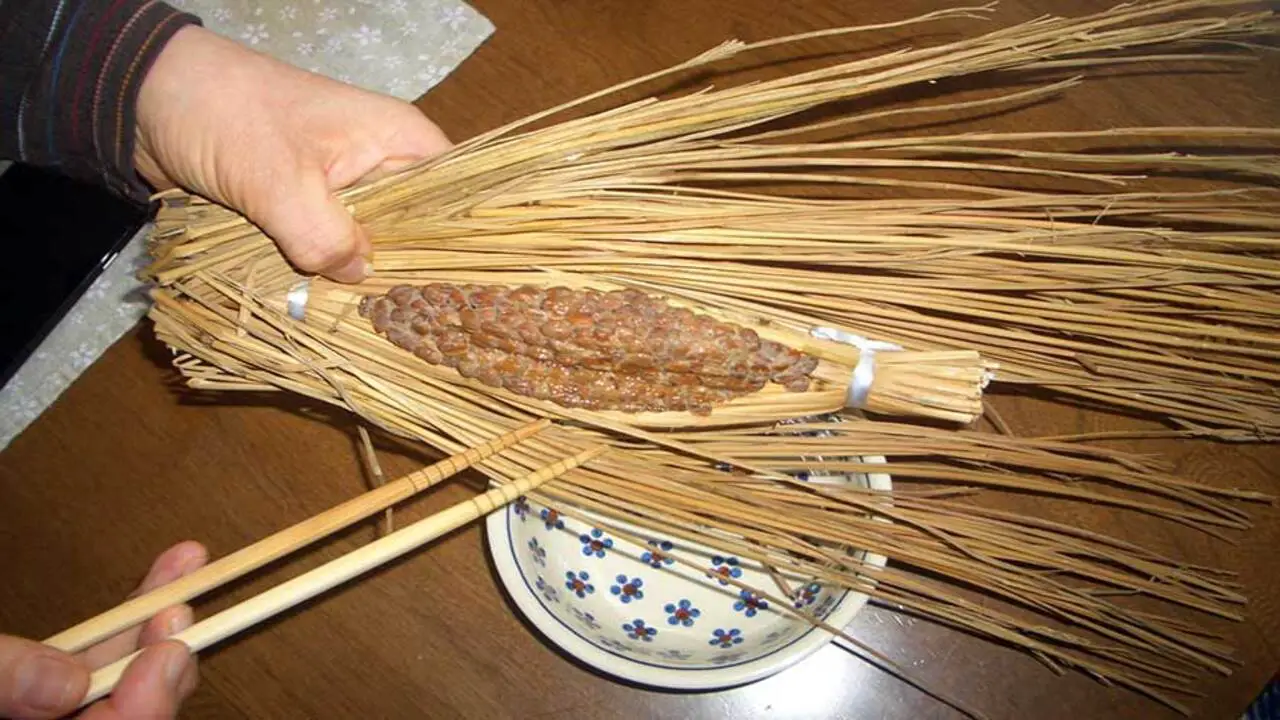
In fermenting traditional Japanese natto, the wrapping stage plays a vital role. To ensure optimal airflow and fermentation, wrapping the natto in materials like straw or leaves such as rice straw or bamboo leaves is customary.
This wrapping technique helps maintain a steady temperature and humidity level, facilitating fermentation. In case straws or leaves are not accessible, one can use alternatives like cheesecloth or paper towels. The key is to secure the wrapping thoroughly to prevent contamination or spoilage during this critical phase.
6.Fermenting The Natto

To ferment Japanese natto, cook and cool soybeans. Mix them with prepared natto or a starter culture. Stir well and transfer to a fermentation container. Wrap the soybeans tightly for proper airflow and ideal conditions. This can be done using straws, leaves, cheesecloth, or paper towels. Proceed with the fermentation process after securing the wrapping tightly around the natto.
7. Storing The Natto
Proper storage of fermented natto is essential to maintain its quality and flavour. Store your batch of homemade natto in an airtight container to ensure optimal freshness and taste. This prevents moisture and air from compromising its unique texture and health benefits.
Choose a cool and dark place, such as a pantry or refrigerator, to store the container filled with your delicious natto. By storing it in these favourable conditions, you can prolong its shelf life and savor the rich flavor of traditional Japanese natto for up to 7-10 days after fermentation. Before consuming, always check for any signs of spoilage, including mold or unusual smells, and discard if necessary.
8. Serving The Natto
To serve the traditional Japanese natto, prepare a bowl of steamed rice, a staple in Japanese cuisine. After the natto has undergone fermentation, it is ready to be enjoyed. Place a spoonful of the fermented soybeans on top of the rice, ensuring an even distribution.
Enhance the flavor by adding a drizzle of soy sauce, a splash of fragrant sesame oil, or a dollop of spicy karashi mustard. These seasonings add depth and complexity to the dish, balancing the natural umami flavors of the natto. Mix everything together using chopsticks, allowing the sticky texture of the natto to coat each grain of rice. With each bite, experience the harmonious orchestra of flavors traditional Japanese natto offers.
Benefits And Side Effects
Fermenting traditional Japanese natto offers a range of benefits. It is rich in protein, providing a nutritious boost to your diet. Fermentation also introduces probiotics, which contribute to gut health and aid digestion. Natto fermentation enhances the availability of vital nutrients like vitamin K and calcium, supporting strong bones.
While natto has much to offer, it’s important to consider potential side effects too. Its strong odor and slimy texture may deter some, but others appreciate its unique taste and umami flavor. If you’re new to natto, start with a small portion, as the flavor and texture can take some getting used to.
Common Troubleshooting Tips For Successful Natto Fermentation

Some common troubleshooting tips can help ensure a successful fermentation process. One crucial aspect is temperature control. Natto thrives in a specific temperature range of around 40-45°C (104-113°F). You can closely monitor the temperature and make any necessary adjustments using a thermometer.
To ensure a successful fermentation process when making traditional Japanese natto, here are some common troubleshooting tips:
- Temperature control: Natto fermentation thrives at a specific temperature range of around 40-45°C (104-113°F). Use a thermometer to monitor the temperature and make necessary adjustments if needed.
- Proper ventilation: During fermentation, it’s important to provide proper airflow to prevent the growth of unwanted bacteria.
- Hygiene and cleanliness: Maintaining a clean environment throughout fermentation. Sterilize your utensils and containers before use to prevent contamination.
- Starter culture: Use a high-quality starter culture or natto spores to kickstart fermentation. This will ensure a consistent and reliable outcome.
- Time management: Natto fermentation typically takes 24-48 hours, depending on the desired texture and flavor. Keep a close eye on the fermentation time to avoid overfermentation or underfermentation.
- Storage conditions: Once the fermentation process is complete, store your natto in an airtight container in the refrigerator. This will help preserve its quality and extend its shelf life, allowing you to enjoy it for longer.
Different Ways To Enjoy Natto In Traditional Japanese Cuisine
Natto is significant in traditional Japanese cuisine and is enjoyed by many for its unique taste and health benefits. There are different ways to savor this fermented soybean dish, each offering a distinct culinary experience. One popular way is to eat natto with steamed rice, mixing it together to create a flavorful and nutritious combination.
Natto, a traditional Japanese delicacy, is nutritious and versatile in its culinary applications. Here are some different ways to enjoy natto in traditional Japanese cuisine:
- Natto rice bowl: One of the most popular ways to enjoy natto is by serving it over a bowl of steamed rice. Add soy sauce and garnish with chopped green onions for extra flavor.
- Natto sushi rolls: Incorporate natto into your homemade sushi rolls for a unique twist. Combine it with other ingredients like avocado, cucumber, and pickled radish for a refreshing and flavorful sushi roll.
- Natto omelet: Mix natto with beaten eggs and cook it into an omelet for a protein-packed breakfast or brunch option.
- Natto soup: Create a comforting and satisfying bowl of soup by adding natto to your favorite broth. The fermented beans will infuse the soup with their distinct umami flavor.
- Natto salad: Toss natto with fresh greens, sliced vegetables, and a tangy dressing for a healthy and refreshing salad.
- Natto stir-fry: Give your stir-fries a Japanese twist by adding natto. Sauté it with your favorite vegetables and seasonings for a quick and delicious meal.
- Natto onigiri: Incorporate natto into the popular Japanese snack of onigiri. Simply wrap a ball of natto in seasoned rice and seaweed for a portable and satisfying treat.
- Natto dip: Create a flavorful dip by blending natto with mayonnaise, garlic, and soy sauce. Serve it with fresh vegetables or crackers for a tasty
Conclusion
Mastering the art of fermenting traditional Japanese Natto can be a rewarding and delicious experience. By following the steps outlined in this blog, you can create your own batch of homemade Natto that is packed with flavor and beneficial bacteria.
Gather all the necessary equipment and ingredients, prepare the soybeans properly, mix in the bacterial culture, wrap and ferment the Natto, and store it correctly for optimal results. Enjoy the amazing taste and reap the benefits of this traditional Japanese delicacy. Hope the above outline on how to ferment traditional Japanese natto, will enhance your cooking skill.
FAQ
Q1: What Is Traditional Japanese Natto?
Ans: Traditional Japanese Natto Is A Fermented Soybean Dish Known For Its Unique Texture, Strong Flavor, And Nutritional Benefits.
Q2: How Do I Make Traditional Japanese Natto At Home?
Ans: To Make Traditional Japanese Natto At Home, You Will Need Cooked Soybeans, Natto Starter Culture (Bacillus Subtilis Var. Natto), And A Fermentation Container. Soak And Cook The Soybeans, Mix Them With The Natto Starter Culture, And Ferment Them In A Warm And Humid Environment For About 24 To 48 Hours.
Q3: Where Can I Find Natto Starter Culture?
Ans: Natto starter culture can be found in some specialty Asian grocery stores or online. Look for specifically labeled natto starter culture that contains Bacillus subtilis var. natto.
Q4: What Temperature And Humidity Are Ideal For Fermenting Natto?
Ans: The ideal temperature for fermenting natto is around 40-45°C (104-113°F), and the humidity should be kept at around 80-90%. You can achieve this environment by using a fermentation container with controlled temperature and humidity or by using alternative methods like a yogurt maker or a warm water bath.
Q5: How Long Does It Take To Ferment Traditional Japanese Natto?
Ans: The fermentation process for traditional Japanese natto typically takes around 24 to 48 hours. However, the duration may vary depending on the temperature, humidity, and personal preference for the desired texture and flavor of the natto.

I’m a writer and blogger who loves to talk about entertainment, culture, and relationships. I love to share my thoughts and insights on these topics, and I’m always looking for new ways to engage with my readers. I’m also a big fan of learning new things, so I’m always exploring new areas of interest.
